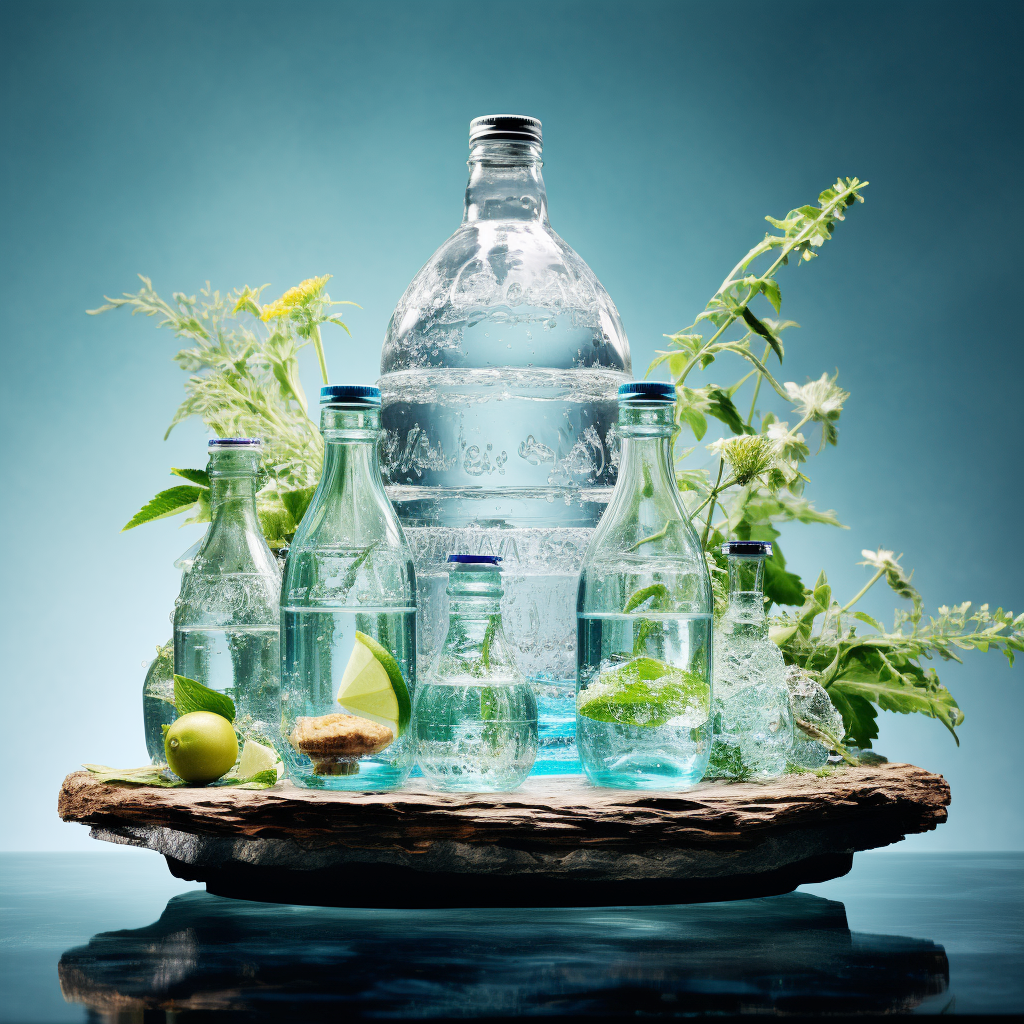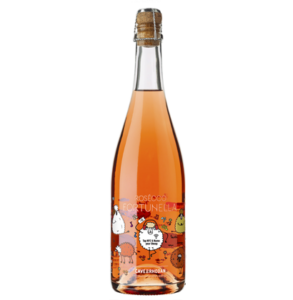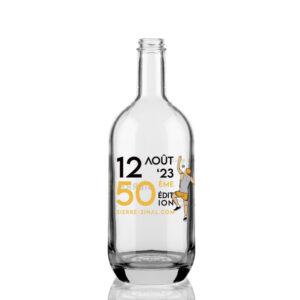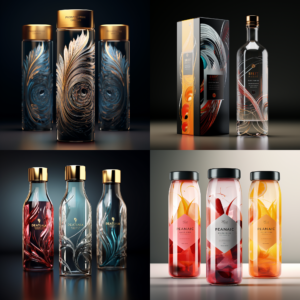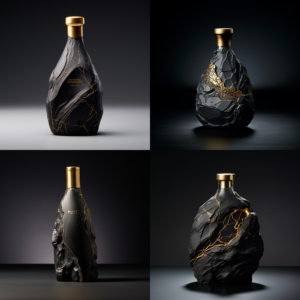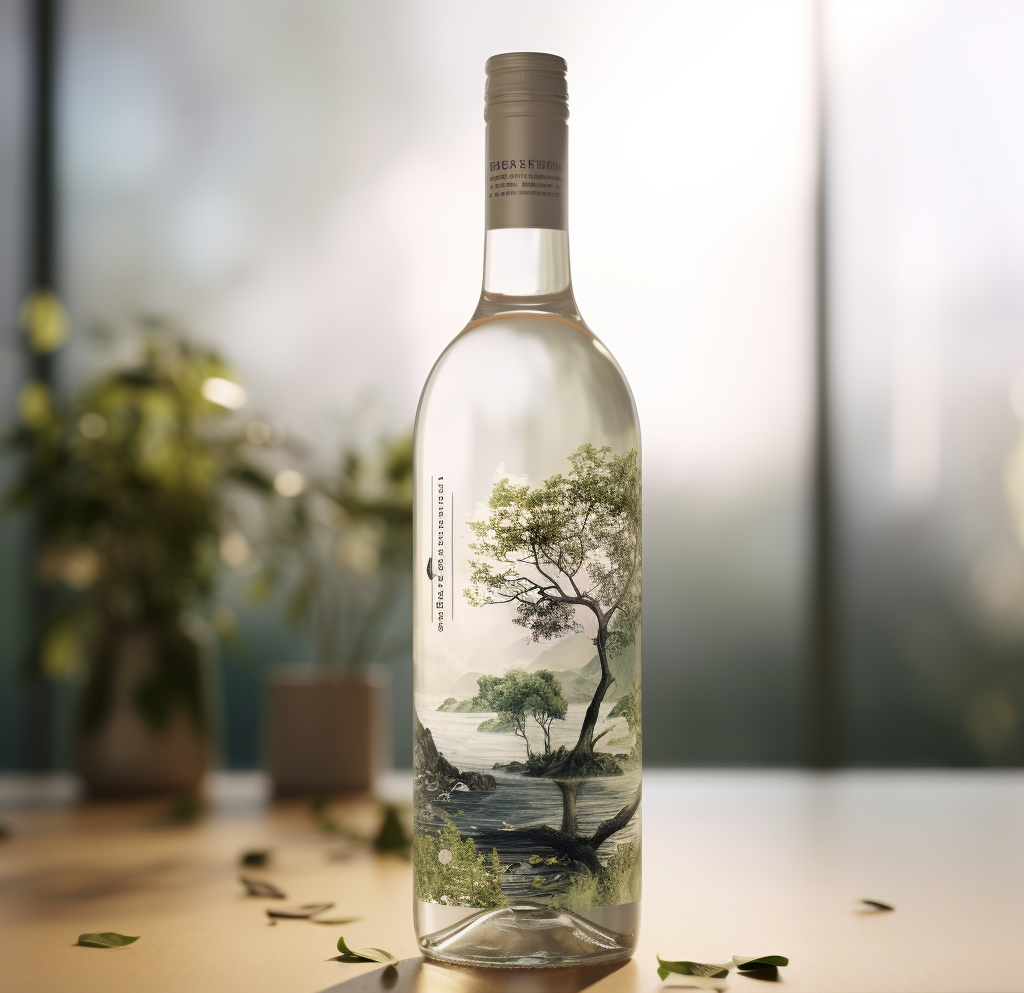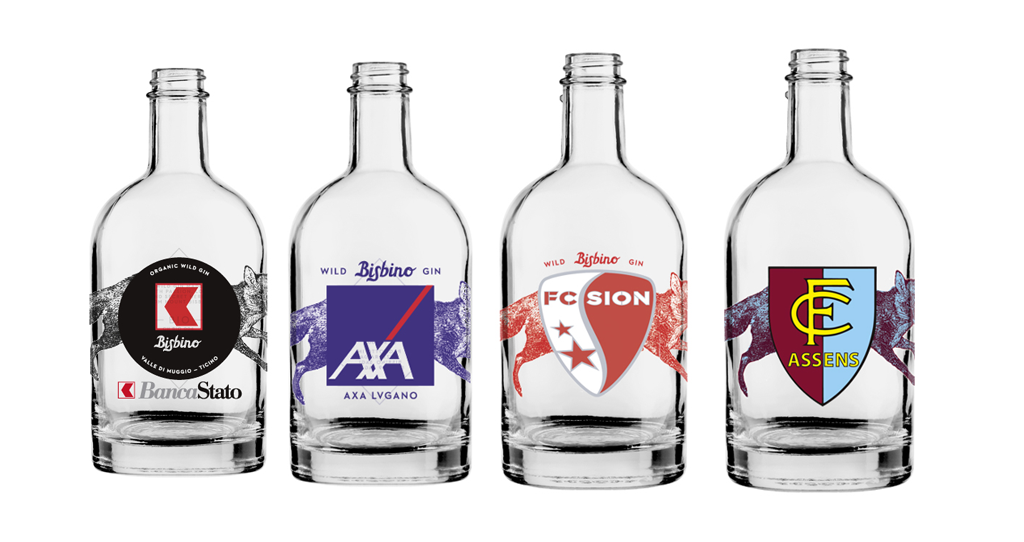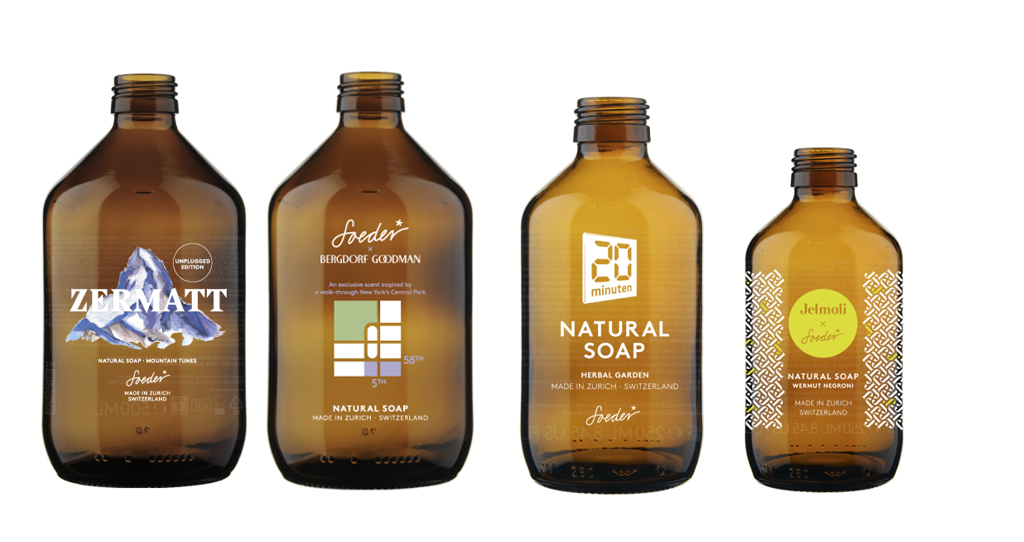In 2024, the packaging industry and consumers face new challenges and opportunities. The focus is increasingly on glass production, packaging design, presentation, the incorporation of artificial intelligence, the circular economy, designs and sustainability.
But what trends will shape packaging in 2024? We take a look.
1. Glass production: sustainable technologies are used
Glass manufacturing will move towards greener production in 2024. Manufacturers are increasingly investing in sustainable technologies to reduce energy consumption and lower the carbon footprint. New methods to optimise the use of recycled glass and improve the melting process will be increasingly used.
Read more in the article The glass industry and sustainability.
2. Focus on the customer: From a passive experience, to an active customer experience
Packaging with special messages will also gain in importance. The presentation of packaging will be increasingly interactive and experiential in 2024. QR codes will be replaced by the attachment of NFC tags to provide consumers with additional information about the product, its origin and the brand. By scanning the NFC tag, customers can, for example, explore virtual vineyards or receive information on the sustainable production of the packaging.
The trend towards NFC tags is already emerging through the realisation of various projects in 2023:
2. QR codes are replaced by NFC tags
to create an interactive customer experience.
3. The use of artificial intelligence
The use of artificial intelligence will continue to advance in the packaging industry. Artificial intelligence has been used for material procurement or inventory management for a number of years. In 2024, however, artificial intelligence will be the focus of product development itself. This means AI will be used to create a packaging design.
Read more about the use of artificial intelligence for packaging design in the article Artificial intelligence in the food industry.
3. In the food industry, the use of AI is expected to increase
for product development and packaging.
4. Circular economy: from disposable packaging to reusable packaging
The circular economy continues to gain importance in the packaging industry. In 2024, more recyclable and reusable packaging will be developed for wine, beer, spirits, packaging jars and cosmetics containers. Manufacturers will increasingly rely on sustainable materials such as glass, biodegradable plastics and recycled paper to conserve resources and reduce waste.
The trend towards washing wine or beer bottles will increase. Read more in the article Trend toward reusable glass bottles.
4. Trend away from disposable packaging towards value-added packaging
for greater durability.
5. The design on packaging: Sustainability and environmental friendliness
Sustainability remains a key trend in the packaging industry. In 2024, ecological designs that convey environmentally friendly messages are increasingly preferred. Minimalist packaging with clean lines and natural colours will become more popular. In addition, responsible labels and certifications that indicate sustainable production will increasingly be found on packaging.
6. Extraordinary designs on bottles: Packaging for eternity
Personalisation with exceptional designs on bottles continues to be a trend for 2024. Hyper-personalisation of designs on bottles is gaining even more importance and promises a personalised experience for the consumer. Digital printing allows designs on bottles to be customised. For example, bottles can be custom printed with different logos or text. It is no longer just about numbering packaging, but aims to become even more personal.
6. Hyper-customisation of bottle designs is gaining in importance
and promises consumers a personalised experience.
The example of Soeder soaps
The success of Soeder soaps is reflected in the fact that customers can decide at the time of purchase whether they want to personalise their glass soap dispensers with their own design.
7. Lightweight glass bottles
Lightweight glass bottles are gaining in popularity as a sustainable packaging alternative, as their reduced weight contributes to a significant reduction in resource consumption and CO2 emissions. These bottles require less material and energy to manufacture, which not only helps to protect the environment, but also reduces production and transport costs. Their total recyclability also supports the circular economy, without compromising the quality of the recycled glass.
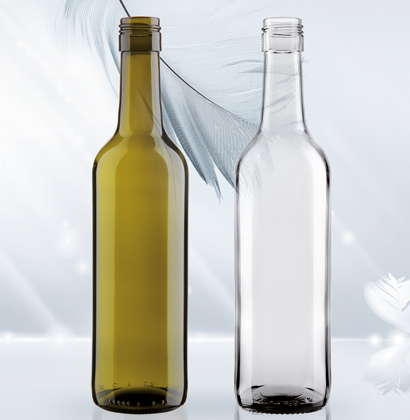
Despite initial doubts about their robustness, lightweight glass bottles have shown that they can withstand everyday demands, leading to growing consumer acceptance. They are already well established, particularly in the drinks industry, but other sectors are increasingly recognising their benefits. The combination of innovation, design and sustainability makes lightweight glass bottles an attractive option for forward-looking businesses and environmentally conscious consumers.
7. Lightweight glass bottles are gaining in popularity as a sustainable packaging alternative,
because their reduced weight contributes to a significant reduction in resource consumption and CO2 emissions.
Conclusion of the packaging trends for 2024
The trends for packaging of wine bottles, beer bottles, spirit bottles, packaging glasses and cosmetic containers in 2024 show a clear focus on sustainability, aesthetic design, interactive presentation and the use of artificial intelligence.
The industry is responding to consumer needs and is increasingly turning to eco-friendly solutions, recyclable materials and personalised designs to provide a sustainable and engaging packaging experience.
Do you have any questions? Do not hesitate to contact us.

Besse Christelle
TABLE GLASSESBesse Christelle
TABLE GLASSESTABLE GLASSES
Téléphone:+41 79 531 38 45

Burgat Olivier
Head of Sales Swiss Romandie and ValaisBurgat Olivier
Head of Sales Swiss Romandie and ValaisPhone:+41 79 273 16 50

Chudy Loïc
International SalesChudy Loïc
International Salesphone::+41 79 524 72 19

La Rocca Marcello
Tessin & Suisse alémaniqueLa Rocca Marcello
Tessin & Suisse alémaniqueResponsable de ventes Suisse allemande & Tessin
Phone:+41 52 355 39 41
Mobile:+41 79 447 94 48

Lehmann Martin
Suisse alémaniqueLehmann Martin
Suisse alémaniquePhone:+41 79 393 83 25

Meyer Safrane
Suisse RomandeMeyer Safrane
Suisse RomandePhone:+41 79 332 94 54

Naselli David
Sales and marketing managerNaselli David
Sales and marketing managerMarketing | Marketing & Ventes
Phone:+41 79 631 58 80

Schornoz Sébastien
Suisse RomandeSchornoz Sébastien
Suisse RomandePhone:+41 79 508 63 97

Vuignier Etienne
Suisse RomandeVuignier Etienne
Suisse RomandePhone:+41 79 310 92 42
